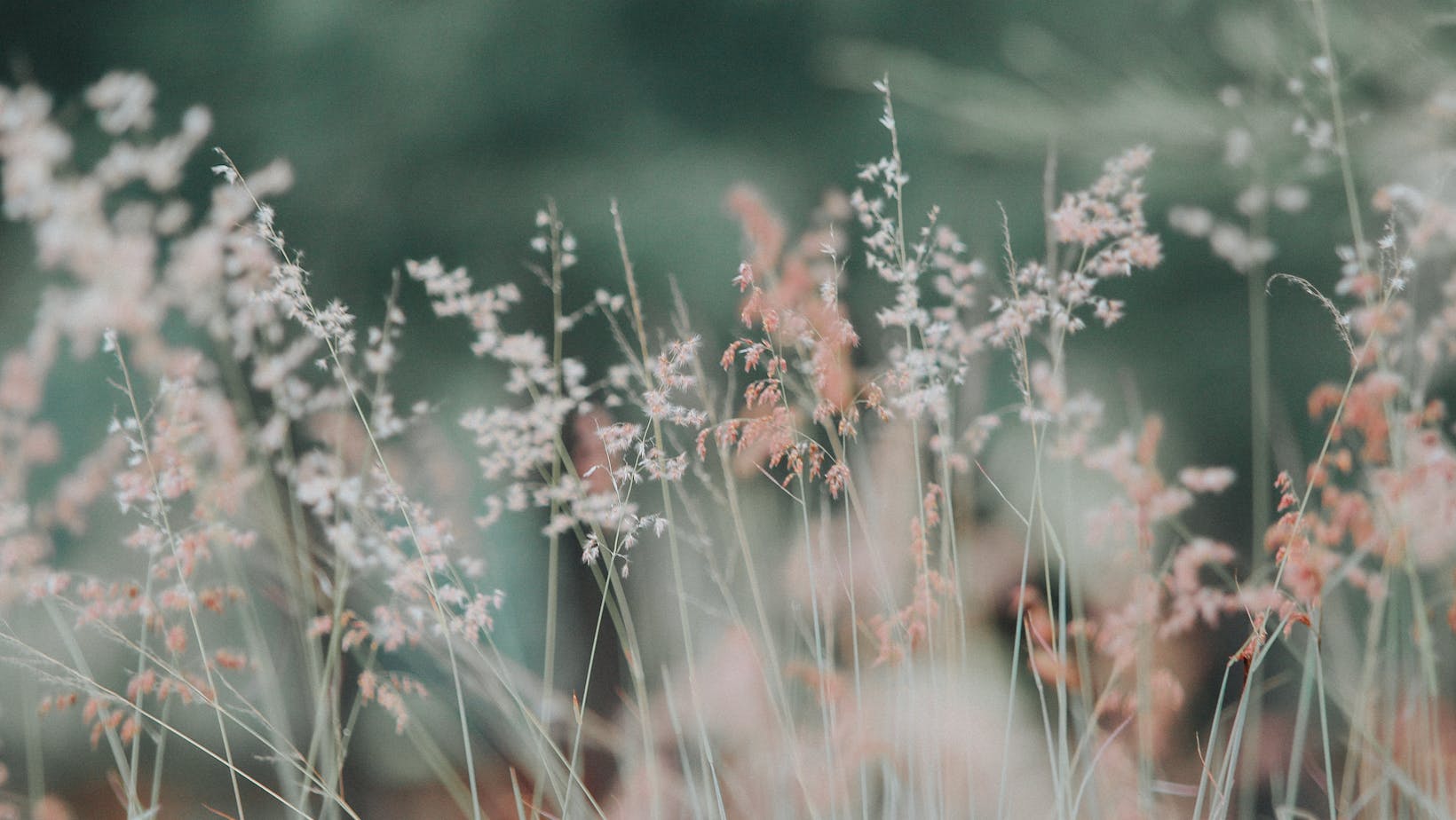Oklahoma is home to a vibrant tapestry of native plants that not only beautify the landscape but also play a crucial role in supporting the local ecosystem. Whether you’re a seasoned gardener, a novice nature lover, or just someone looking for a pretty flower to brighten up your backyard, you’ll find plenty on this list to catch your eye and excite your curiosity. And did you know? These plants are like the local celebrities of Oklahoma’s flora. They require less water, are adapted to local soil, and are the best friends of pollinators like bees and butterflies. So, let’s jump into this botanical adventure and see what Oklahoma has to offer.
oklahoma native plants

Oklahoma boasts a unique ecosystem characterized by diverse habitats ranging from grasslands to forests. With its climate swinging from hot summers to chilly winters, this state presents peculiar challenges and opportunities for its flora. One of the most remarkable features of Oklahoma’s ecosystem is its array of native plants that have adapted over generations to thrive under local conditions.
The state boasts a variety of soil types, from sandy loams to clay, which further influence the types of plants that flourish here. Native plants are crucial to maintaining the ecological balance, providing not just beauty but supporting wildlife and human endeavors alike.
In every corner of the state, these plants contribute to the environmental health, ensuring that ecosystems remain strong and vibrant.
Importance of Native Plants
Why should one care about native plants, you ask? Native plants are the backbone of Oklahoma’s ecosystems. They are tailored to the local environment, relying less on fertilizers and irrigation once established. This can lead to more resilient gardens that support the native wildlife.
Also, these plants offer food and shelter for birds, butterflies, and countless other species. This doesn’t just make for a picturesque garden: it creates a dynamic environment where each plant, animal, and insect plays a role in the ecological dance. Choosing native species can help combat invasive plant varieties, which often disrupt the balance of local ecosystems.
Common Native Plants in Oklahoma
A walk through Oklahoma reveals a stunning variety of native plants. From the rolling hills to the tallgrass prairies, each region showcases its own unique flora.
Plants by Region
In the eastern part of the state, you might encounter the majestic Eastern Red Cedar, while the western areas proudly display the hardy Yucca species. Both of these plants serve distinct purposes in their respective ecosystems and offer incredible beauty.
Popular Wildflowers
Oklahoma boasts spectacular wildflowers like the Indian Blanket and the Black-eyed Susan. These vibrant blooms not only paint the landscape but also provide crucial nectar for pollinators. Imagine strolling through a field where a sea of color dances in the breeze, who wouldn’t want that in their backyard?
Trees and Shrubs
Trees like the bur oak and shrubs such as the coralberry are among the state’s most beloved native species. These hardy trees and shrubs are not just aesthetically pleasing: they also serve as important habitats for local wildlife. Planting these in gardens ensures that residents contribute to the longevity of Oklahoma’s natural beauty.
Medicinal and Edible Native Plants
Several native plants found in Oklahoma are not just pretty faces: they also hold medicinal and culinary significance.
For example, the Echinacea plant, known for its immune-boosting properties, can thrive in Oklahoma’s climate. Its beautiful blossoms attract not only people but also pollinators, making it a win-win for gardens everywhere.
Similarly, the wild asparagus that grows in the wild can be harvested in spring and is often a delightful addition to dinner tables. The indigenous tribes of Oklahoma have long understood the value of these plants, using them traditionally for both health and sustenance. Integrating these species into local gardens not only promotes biodiversity but also offers rich culinary options.
Cultivating Native Plants in Your Garden
Transforming your garden into a thriving habitat for native plants doesn’t have to be daunting. Start by assessing your space, what is the soil type, how much sunlight does the area receive? Choosing the right native species based on these factors is crucial.
Once you’ve made your choices, consider grouping plants by their watering needs. Many native plants, once established, can thrive on minimal irrigation. This conserves water and reduces maintenance. And here’s a fun tip: planting in clusters not only looks beautiful but also creates microclimates that can benefit your garden.
If you’re unsure where to start, local gardening groups or native plant societies can be valuable resources. They can provide tips, plants, and inspiration. Plus, knowing you’re fostering a habitat for butterflies and bees makes every gardening effort feel worthwhile.

